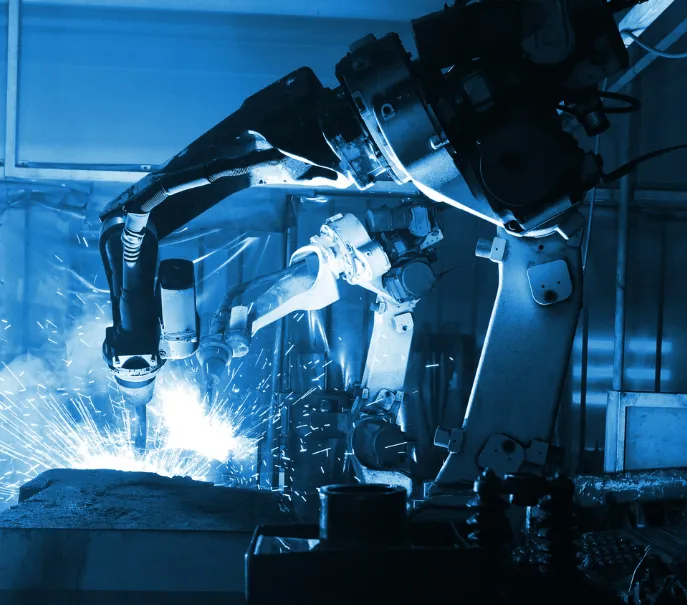Robotic welding is transforming the manufacturing industry by offering a variety of benefits, including faster cycle times, improved consistency, and superior weld quality. By automating your welding system, you can streamline the entire process, reducing downtime and improving productivity. With robotic systems, you can also achieve higher-quality welds, maintain precision, and reduce costs in the long term. If you’re considering upgrading your production line, robotic welding might be the solution you need.
What Is Robotic Welding?
Welding involves joining two materials together through heat and fusion. Various welding techniques, such as arc welding and spot welding, require precision and repeatability, especially in high-volume manufacturing. Robotic welding automates this process, increasing efficiency and consistency while providing a higher return on investment (ROI).
Commonly used robotic welding models include the Fanuc Arc Mate 0iB, Fanuc ARC Mate 120iB, and Fanuc ARC Mate 100iC/8L. However, there are many other models and brands available to meet specific production needs.
Key Advantages of Robotic Welding
Automating your welding process with robots offers numerous benefits over traditional manual welding. These include faster production times, greater consistency, improved safety, and better overall weld quality. Below are the main advantages:
Faster and More Consistent Cycle Times
One of the standout benefits of robotic welding is speed. Robots can move quickly between welds, reducing cycle times and increasing throughput. Unlike human welders, robots don’t need breaks, meaning they can work continuously around the clock, increasing overall productivity. Whether you’re using new or refurbished robots, their consistency ensures fewer mistakes and a more efficient operation compared to manual labor.
Lower Labor and Safety Costs
Manual welding is not only labor-intensive but also hazardous. It requires skilled workers to handle high temperatures, sparks, fumes, and intense heat. These conditions make manual welding a risky job that requires safety precautions, which can be costly. By using robotic welders, you protect your workers from these hazards, leading to a safer work environment and reduced insurance and accident-related expenses. Additionally, robotic welding systems can lower direct labor costs, allowing for a more cost-effective production process.
Material Conservation
Even the most experienced manual welders make mistakes, leading to wasted material and time. In contrast, robotic welders offer greater precision and accuracy, reducing the chances of errors. Robots regulate factors like power and wire feed, ensuring that every weld is consistent and high-quality. This results in less material waste and more efficient use of resources. Over time, this leads to cost savings and improved product quality.
Flexibility and Accessibility
Robots are also beneficial when working with parts that are difficult to access manually. With specialized designs and slender robotic arms, robots can reach tight or hard-to-access areas, improving the quality and speed of the welding process. Many manufacturers transition to robotic welding gradually, starting with one robotic welding cell and eventually converting the entire system to automation. This phased approach allows businesses to see the benefits of robotic welding without completely overhauling their operations.
Conclusion
Switching to robotic welding offers numerous advantages that can improve the overall efficiency and quality of your production line. With the ability to work continuously, reduce human error, and conserve materials, robotic welding systems provide a long-term solution to many of the challenges faced in manual welding. Whether you’re looking to upgrade an existing system or fully automate your welding process, robotic welding is an investment that can help increase productivity, lower costs, and enhance the quality of your welds.







